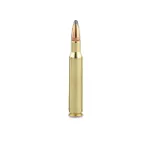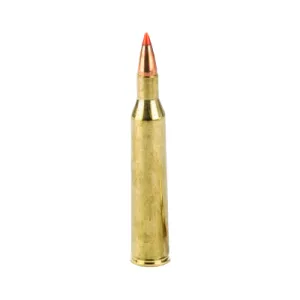
A short burst to fame and an equally speedy staunching of that story of success is the fate of the .225 Winchester. Taking its design from the .219 Zipper, the .225 Win was created to be a fitting replacement for the .220 Swift, and it was a success that was, unfortunately, not long-lasting. When the Winchester Arms Company introduced the .225 Winchester in 1964, it soon became the go-to for long-range varmint shooting.
The cartridge had three default factory loads; a 50 grain, a 55 grain, and a 60 grain, with the 50 grain being capable of traveling at 3800 fps, and the 55 grain exiting at 3600 fps. With its modern straight-tapered design, the .225 Win offers long-range, flat-shooting varmint and small game hunting with impressive accuracy. Providing the impressive performance of the .220 Swift without its destructive tendencies to the barrel, this cartridge overtook previous varmint shooters. It was also able to keep a 1-inch difference above and below the aiming point over a 100-yard distance.
The only rifles that chambered this cartridge were turn-bolts or brake actions, specifically the model 70, model 670, and the Savage 340. This was a limiting factor, however, because had the rifle been chambered in more rifles, it would have held on to its fame for a while longer than it had. In just a little over a year, the hot fledgling was totally eclipsed by another, the .22-250 Remington, when the older wild-cat cartridge became commercially produced and chambered in the Browning High Powered Rifle and model 700. The difference wasn’t in the performance, as both were identical in that regard, but in the ability to discern the market. In 1971, Winchester ceased production of the .225.





